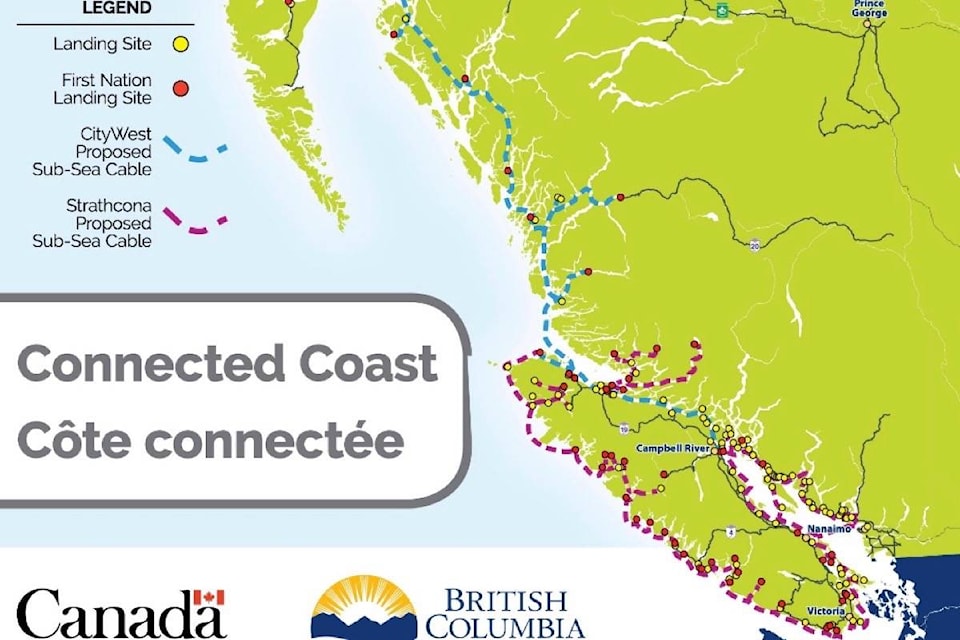Over the next few years, the Connected Coast plans to bring high-speed internet to 155 coastal BC communities. There is a hitch, however. The project’s sub-sea fiber optic cable will only reach the shore of each community involved. From there local officials, including First Nations leaders, must decide if they will connect to the cable, and if so, how they will finance and implement the “last mile” of their new information highway.
How may coastal communities build the healthiest, fastest, and most sustainable communications infrastructure possible – systems that benefit citizens, wildlife, and local economies?
Tip #1 - Don’t rely on telecoms to do it for you. It is unlikely traditional internet service providers will find the profit incentive to complete your project, and for financial reasons they are hooked on creating inferior wireless networks.
Tip #2 - Create a community-owned fiber-optic-to-the-premises network.
Tip #3 - Go with fiber, but keep your copper landlines. Without copper-wired phones, during extended power outages we may have no way of calling for emergency help.
READ MORE: Subsea internet cable to link up Prince Rupert
Why Smart Communities are choosing wired Fiber Optic-to-the-Premises Networks over Wireless Ones
The fastest connection available — Wired fiber optics, are far faster than wireless 5G.
For public and environmental health and safety — Wired fiber brings access to better healthcare resources, improved emergency services, and mitigates radio frequency radiation exposure.
Property values — Placing transmitters and cell towers by homes decreases properties’ worth.
Data privacy — Wireless signals are easily hacked.
Money saved — Wired fiber networks are more economical than wireless ones to maintain over the long term. Rates paid by consumers to community-owned networks are lower too.
Income generated — Individuals may increase earnings through online home-based businesses. High-speed internet access attracts new businesses to the community. The revenue generated by subscriptions stays in the community.
Sustainability — Wired networks use less energy than wireless ones.
Local authority — Locals control their telecommunications infrastructure.
Making it Happen
Citizens: Act now and tell local leaders you want telecommunication systems that support well-being. Bring a binder-full of scientific studies to illustrate why wired networks are better than wireless ones.
Government: Access funding for community-owned fiber networks through grants and loans.
Obtain a license to be an internet service provider from the CRTC.
Visit the Community Broadband.ca website and complete a contact form for local leaders who want advice on how to bring fast, affordable, and healthy internet to their communities.
Success Stories: The town of Olds, Alberta created a very successful high-speed fiber-to-the-premise network. The Toquaht, a small Nuu-chah-nulth First Nations near Ucluelet, connected high-speed coaxial cable to every residence when a fiber optic cable was brought to their community.
Summary: A growing body of peer-reviewed science show that cell towers, microcells, and other wireless devices negatively affect the well-being of all living things, including orca, salmon, and cedar. Community-owned, wired fiber optic networks make it possible to have a fast connection to the web without harming the web of life that sustains us.
Oona McOuat
Citizens for SafeTechnology
